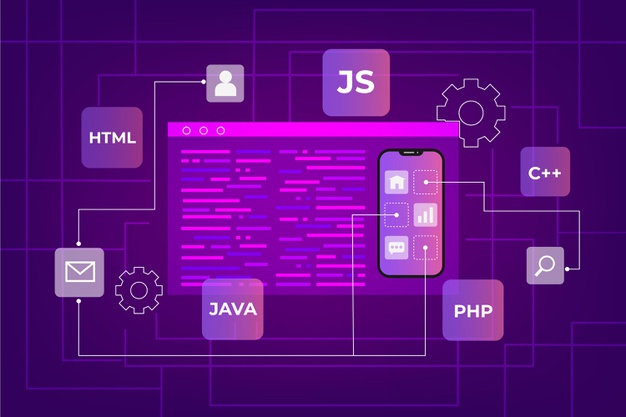Tech designer Trends, the latest in design
Web design encompasses many different skills and disciplines in the production and maintenance of websites. The different areas of web design include web graphic design; interface design; authoring, including standardised code.
Here are some notable trends that are relevant at the moment:
-
Responsive and Mobile-First Design: The emphasis on creating websites that are not only responsive to different screen sizes but also prioritize the mobile experience first continued to be a significant trend. Mobile-first design ensures that websites are optimized for smaller screens and slower network speeds.
-
Single Page Applications (SPAs): Single Page Applications, which load a single HTML page and dynamically update content as the user interacts with the app, were becoming increasingly popular. Frameworks like React, Angular, and Vue.js facilitated the development of SPAs.
-
Progressive Web Apps (PWAs): PWAs combine the best features of websites and mobile apps, providing a fast and engaging user experience. They work offline, offer push notifications, and can be installed on a user's device without going through an app store.
-
Dark Mode: Similar to the trend in tech design, dark mode became more prevalent in web development. Many websites and web applications started offering a dark mode option to improve user experience in low-light environments.
-
Motion UI: Integrating motion elements, such as animations and transitions, into web design became more common. Motion UI enhances user engagement and provides a more dynamic and interactive experience.
-
WebAssembly (Wasm): WebAssembly is a binary instruction format that enables high-performance execution of code on web browsers. It allows developers to write performance-critical parts of an application in languages like C++ or Rust, improving web application speed and responsiveness.
-
Serverless Architecture: Serverless computing, where developers focus on writing code without managing the underlying infrastructure, gained popularity. Services like AWS Lambda and Azure Functions allowed developers to deploy and run code in response to events without provisioning servers.
-
Static Site Generators (SSGs): SSGs continued to be popular for building fast and secure websites. They generate static HTML files during the build process, reducing the need for server-side processing and improving website performance.
-
Headless CMS: Decoupling the backend content management system from the frontend became a trend with the rise of headless CMS. This approach allows for greater flexibility and scalability in delivering content across various platforms.
-
Web Accessibility (WCAG) Focus: Ensuring web accessibility according to the Web Content Accessibility Guidelines (WCAG) became a priority for developers. Accessibility considerations included providing alternative text for images, semantic HTML, and keyboard navigation.

Web design encompasses many different skills and disciplines in the production and maintenance of websites. The different areas of web design include web graphic design; interface design; authoring, including standardised code.
The term web design is normally used to describe the design process relating to the front-end (client side) design of a website including writing mark up. Web design partially overlaps web engineering.
Branding has been around since 350 A.D and is derived from the word “Brandr”, meaning “to burn” in Ancient Norse language. By the 1500s, it had come to mean the mark that ranchers burned on cattle to signify ownership. Yet branding today is more than just a look or a logo. It has come to signify the emotional “gut feeling” reaction a company can elicit from its customers

